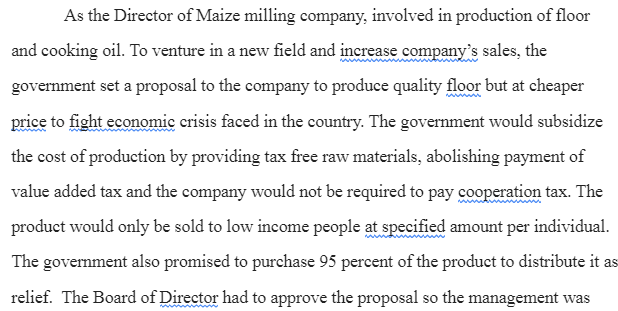Decision Making That Went Awry-The book Into Thin Air by Jon Krakauer (1998) began as an article in Outside Magazine that chronicled a tragic series of events on Mount Everest. The article is a near perfect example of decision making using social influence, persuasion, and risk taking that had gone badly awry with profoundly tragic consequences.
In 1996, a team of mountain climbers, led by Rob Hall’s climbing company, Adventure Consultants, and Scott Fisher’s company, Mountain Madness, attempted to climb Mount Everest. However, due to a variety of events, both human and natural, disaster ensued. Eight climbers died and several were severely injured. Survivor, Jon Krakauer, a journalist, chronicled the event in his book Into Thin Air.
Into Thin Air is one example of how decision making using social norms and protocols can be used to persuade others to achieve an objective even when the outcome is not the desired result. The full article and book are not a requirement for this assignment; but a point of reference. Another extend read on this topic is Moneyball by Michael Lewis (2003).
Examine a time when you were involved in decision making that went awry as a result of protocols, social norms or persuasive techniques. If you do not want to use an example from your business or personal experience you can base your assignment on a journal article of your selection. Here are some key words to help you find an article for this assignment:
- Decision making
- Risk taking
- Persuasion
- Social heuristics
Write a 5–6 page paper in Word format that addresses the following:
- Describe a decision-making scenario using your business experience, personal decision making or cited journal article; include an example of the decision-making process, why it was a risk, how persuasion was used, and what the social heuristics were.
- Explain the incentives that caused others to support the decision and identify why these incentives were selected.
- Identify the risks and the potential decision biases in your scenario. Propose the corrective steps that should have been taken to overcome these biases. If a risk assessment was conducted how did this effect the decision-making process?
- Analyze your scenario for what happened in terms of social heuristics. Explain how decisions were made and the social factors that shaped the decision-making environment.
- Discuss the greatest challenges to sound decision-making in your scenario.
- Critique the decision-making process used by the sponsor(s) and leader(s) of the decision. Identify the mistakes made by the sponsor(s), leader(s) and team members or others impacted by the decision during the implementation of the decision.
Support your statements with scholarly references and appropriate examples. Apply APA standards to citation of sources.
Answer Preview-Decision Making That Went Awry

